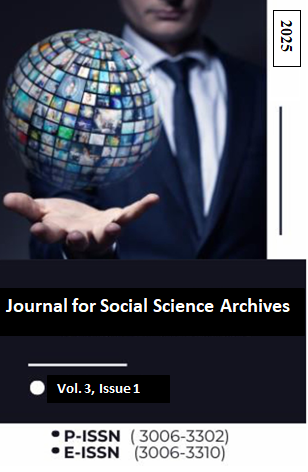AI-Driven Location Analysis and Population Demand Forecasting for E-Bike Sharing in the BRT Peshawar Network
DOI:
https://doi.org/10.59075/jssa.v3i1.201Keywords:
Public Transit; Bicycle Sharing Systems; Integration; Spatial Analysis; First-Last mileAbstract
The implementation of BSS represents a key approach to enhance sustainable transportation patterns within cities. Public transportation stations at the end of travel routes can integrate BSS better to enhance both sustainable transportation alternatives and connectivity options. Research studies the potential benefits along with technological viability of linking BSS with Bus stations. A stated preference survey provides complete understanding of how people choose their travel modes. The survey allowed researchers to discover optimal sites and design framework for bicycle stations. The researcher used Geographic Information System (GIS) to choose suitable locations. Progress toward developing a BSS network requires consideration of three fundamental elements including population distribution pattern combined with land usage and transportation accessibility characteristics. The predicted results from this investigation will introduce better last-mile options. Academics exposed that BSS enhance accessibility through lowered traffic congestion alongside environmental improvements from reduced pollution levels alongside elevated physical exercise rates. The urban transport system achieves social equity through active promotion mechanisms. This study will focus on establishing the major obstacles that require solutions to enable smooth system unification. Relevant infrastructure along with amenities must be developed for this system to function properly. The delivery of services that cater to BSS users combined with security protection measures and access guarantees ensure infrastructure safety. The findings of this study demonstrate how this research establishes the success of the research provides essential knowledge about the sustainable development of Peshawar's urban transport network which benefits future policymakers and planners. Urban transportation planners together with public officials should use these findings when designing BSS system integration strategies.
Downloads
Published
How to Cite
Issue
Section
License
Copyright (c) 2025 Journal for Social Science Archives

This work is licensed under a Creative Commons Attribution 4.0 International License.



